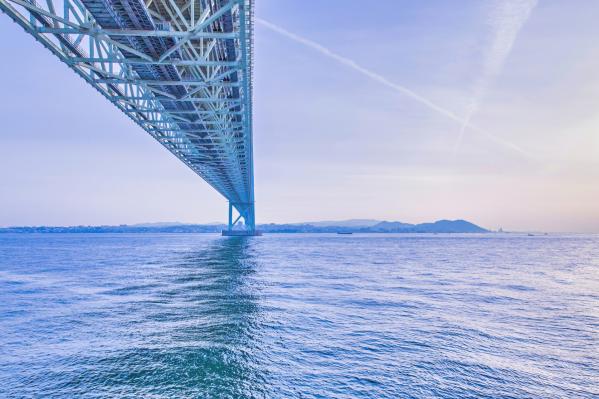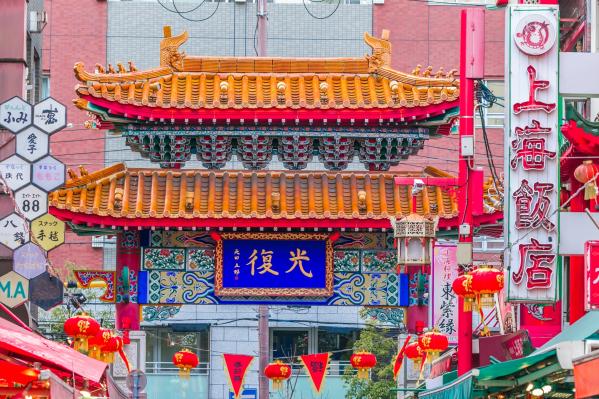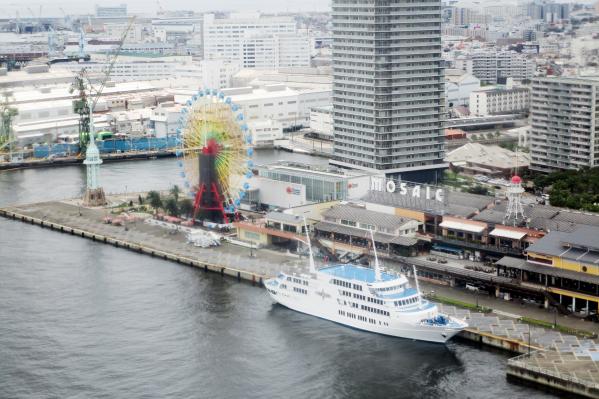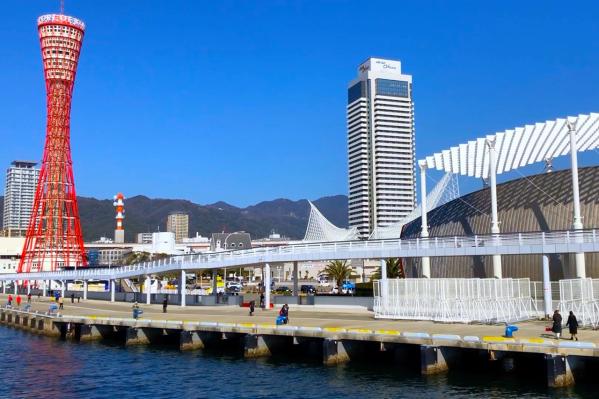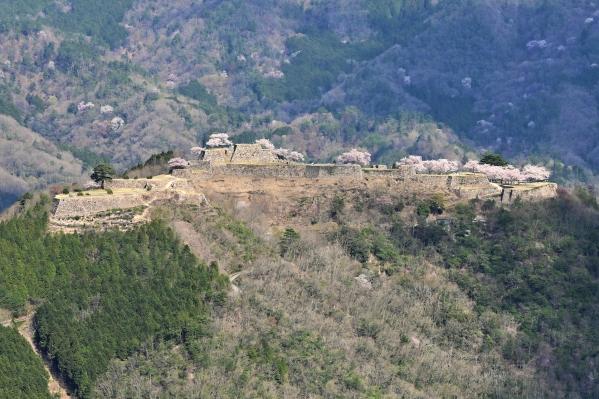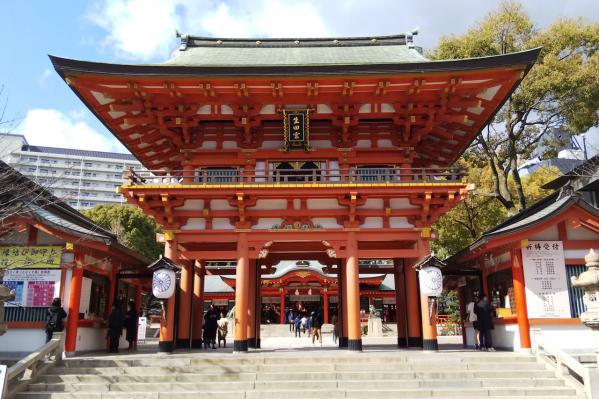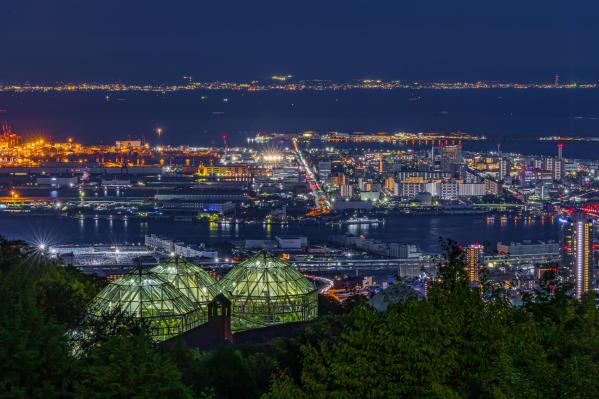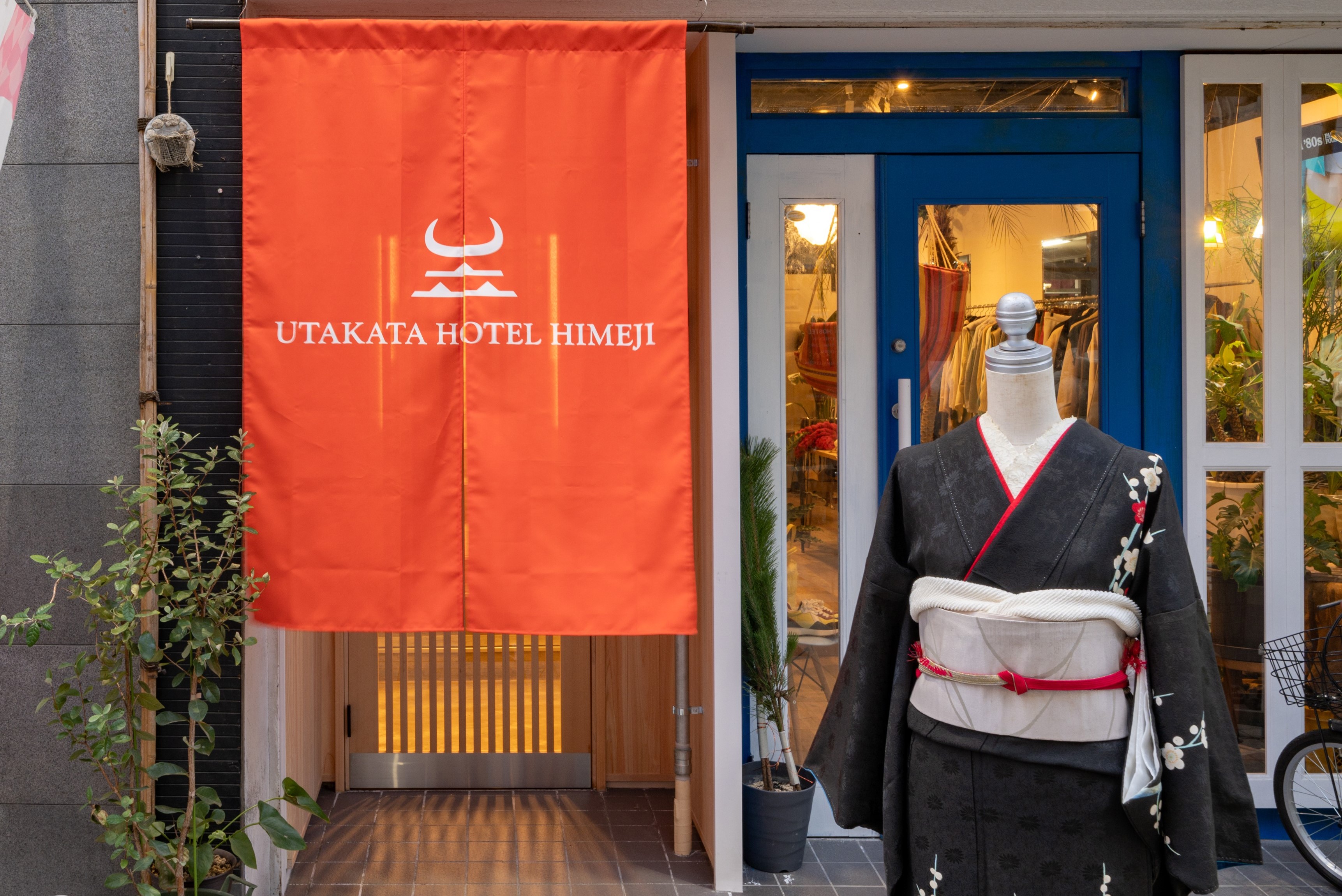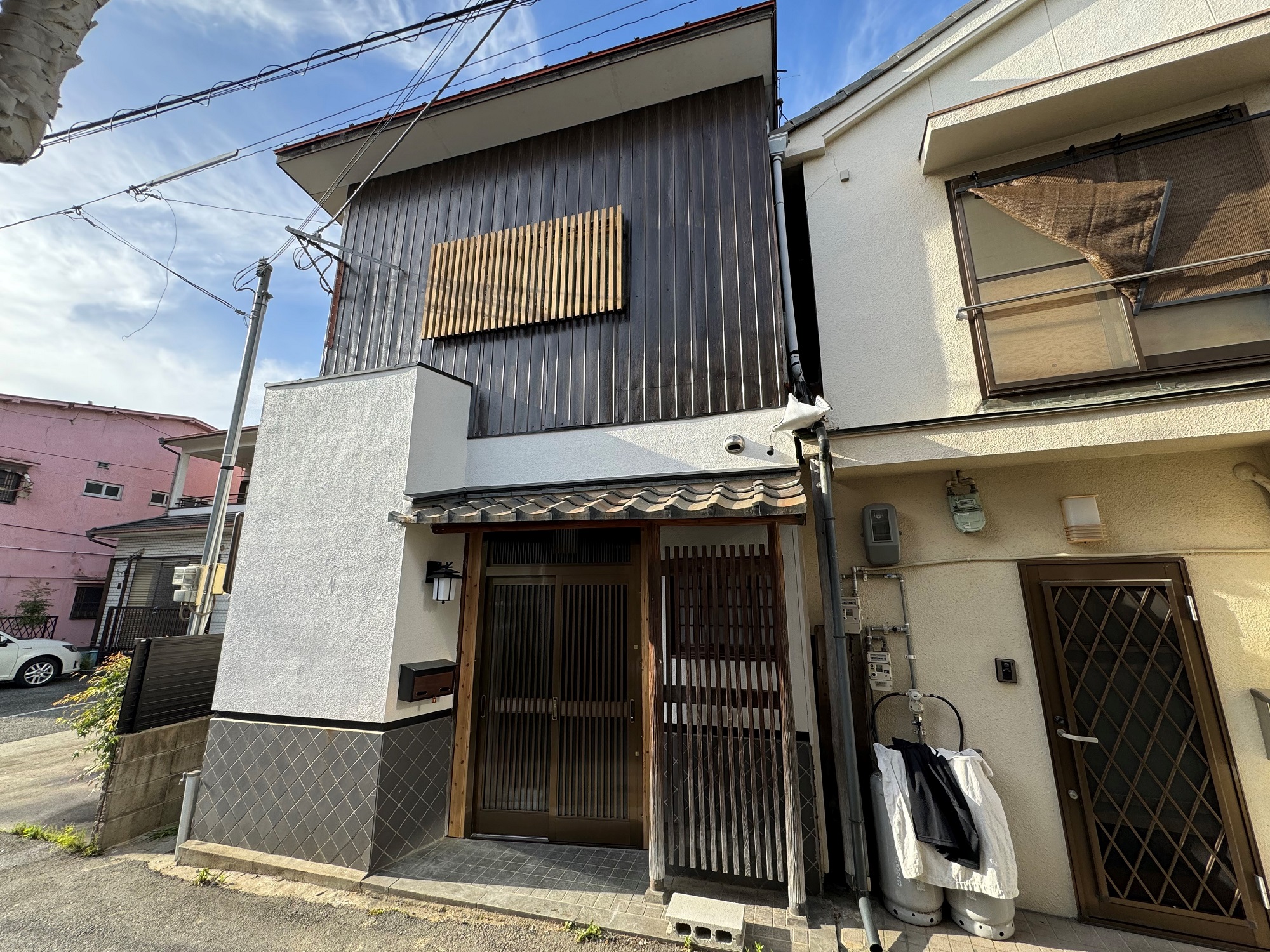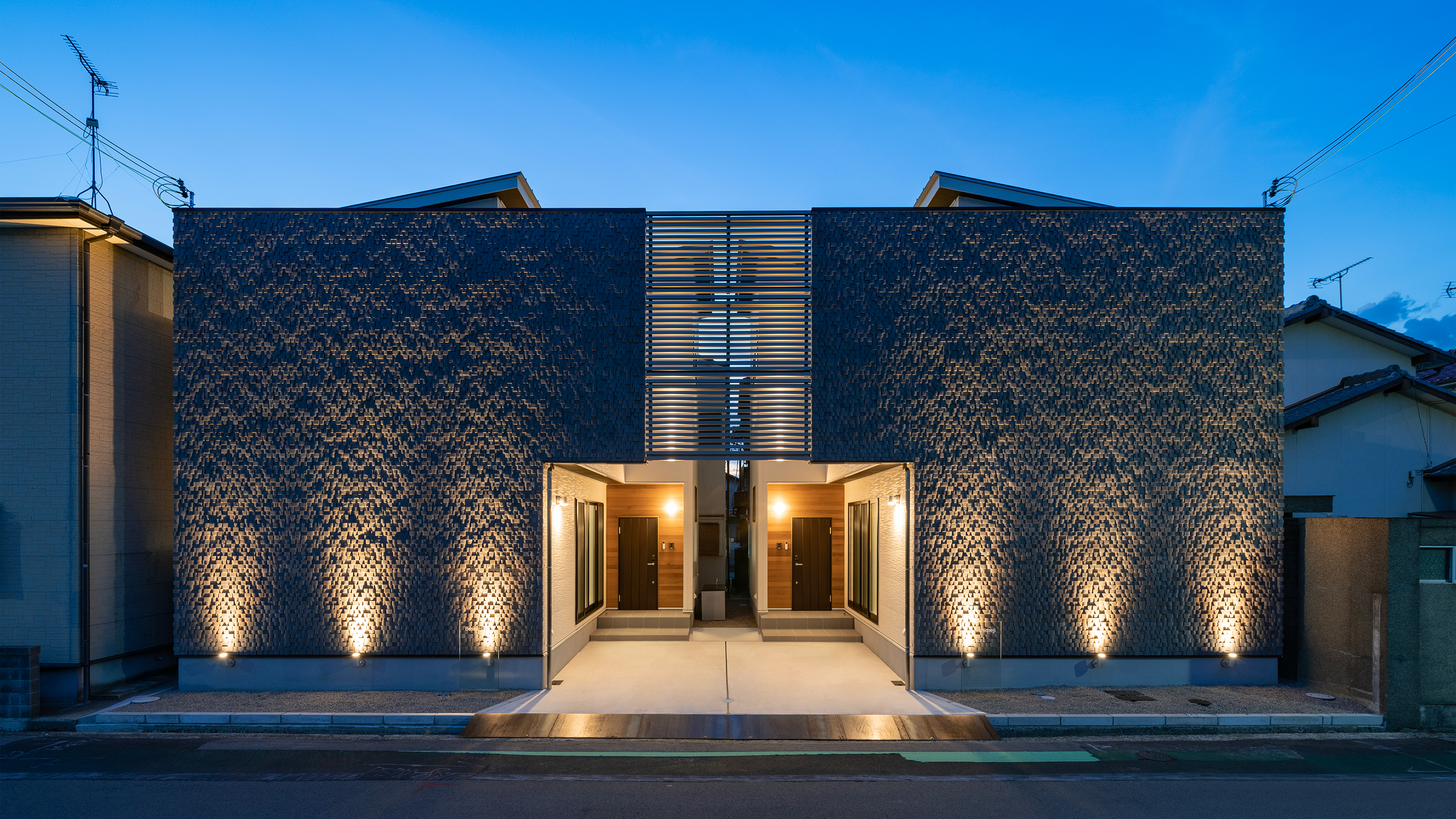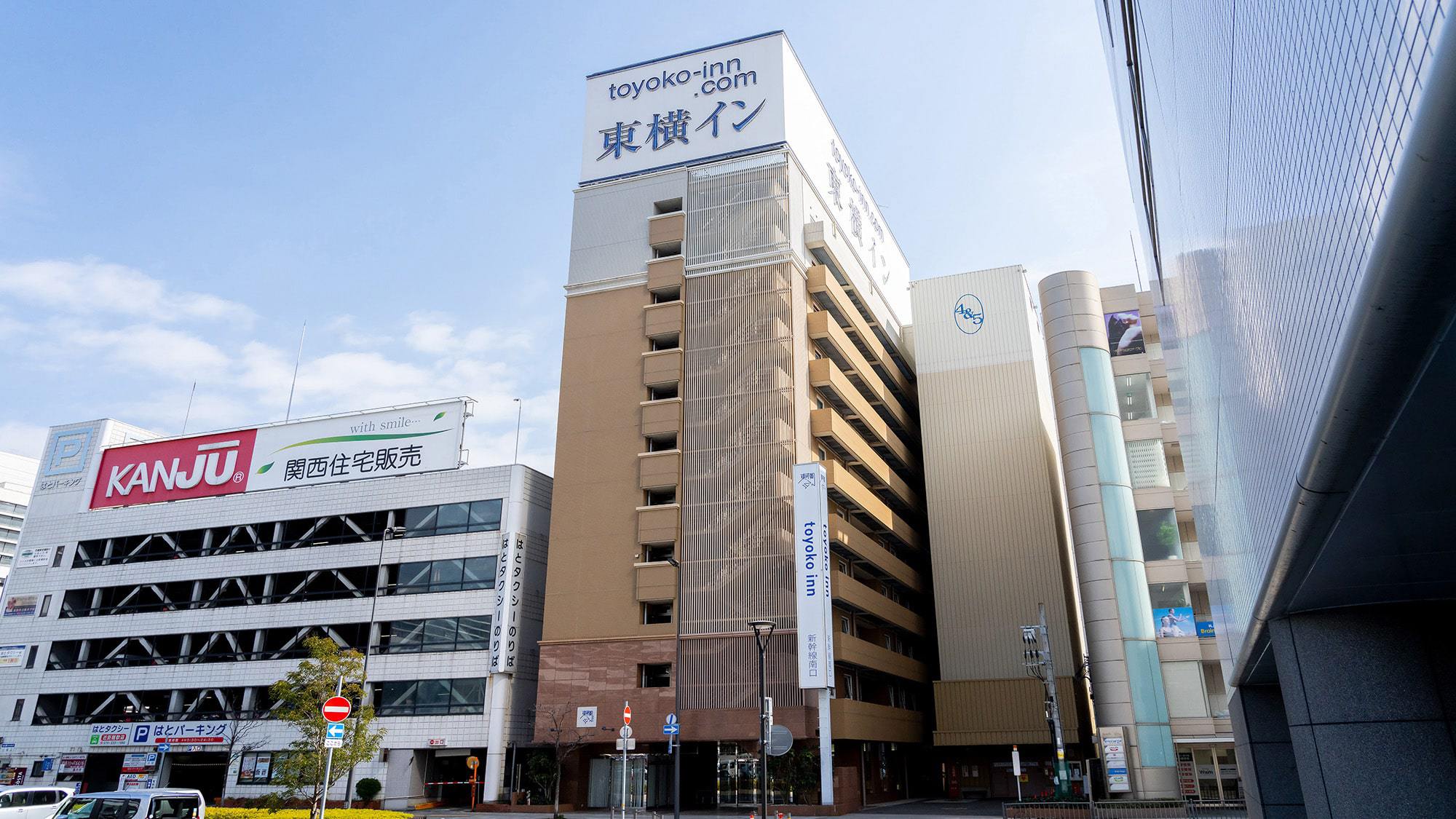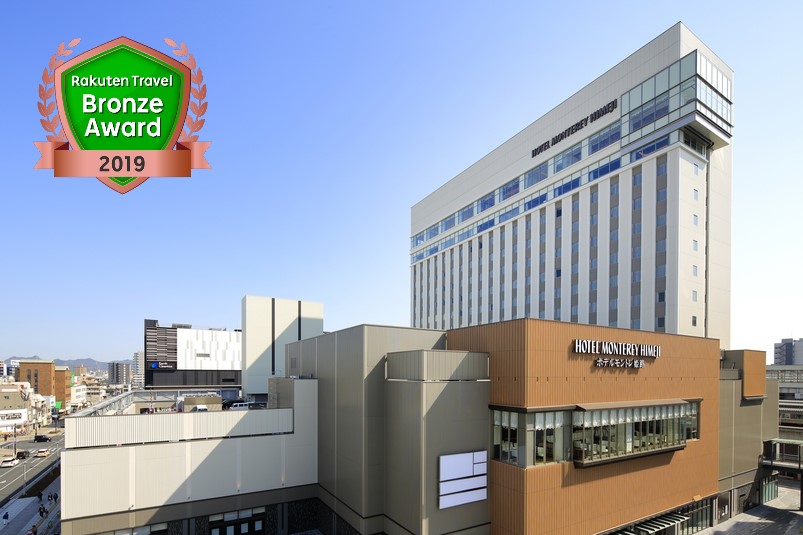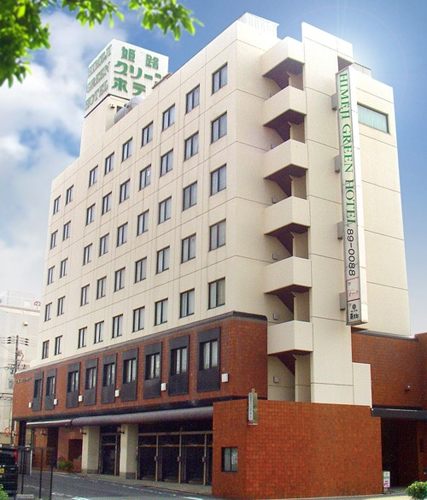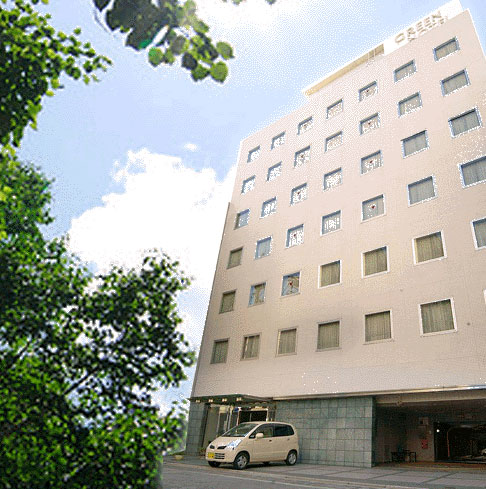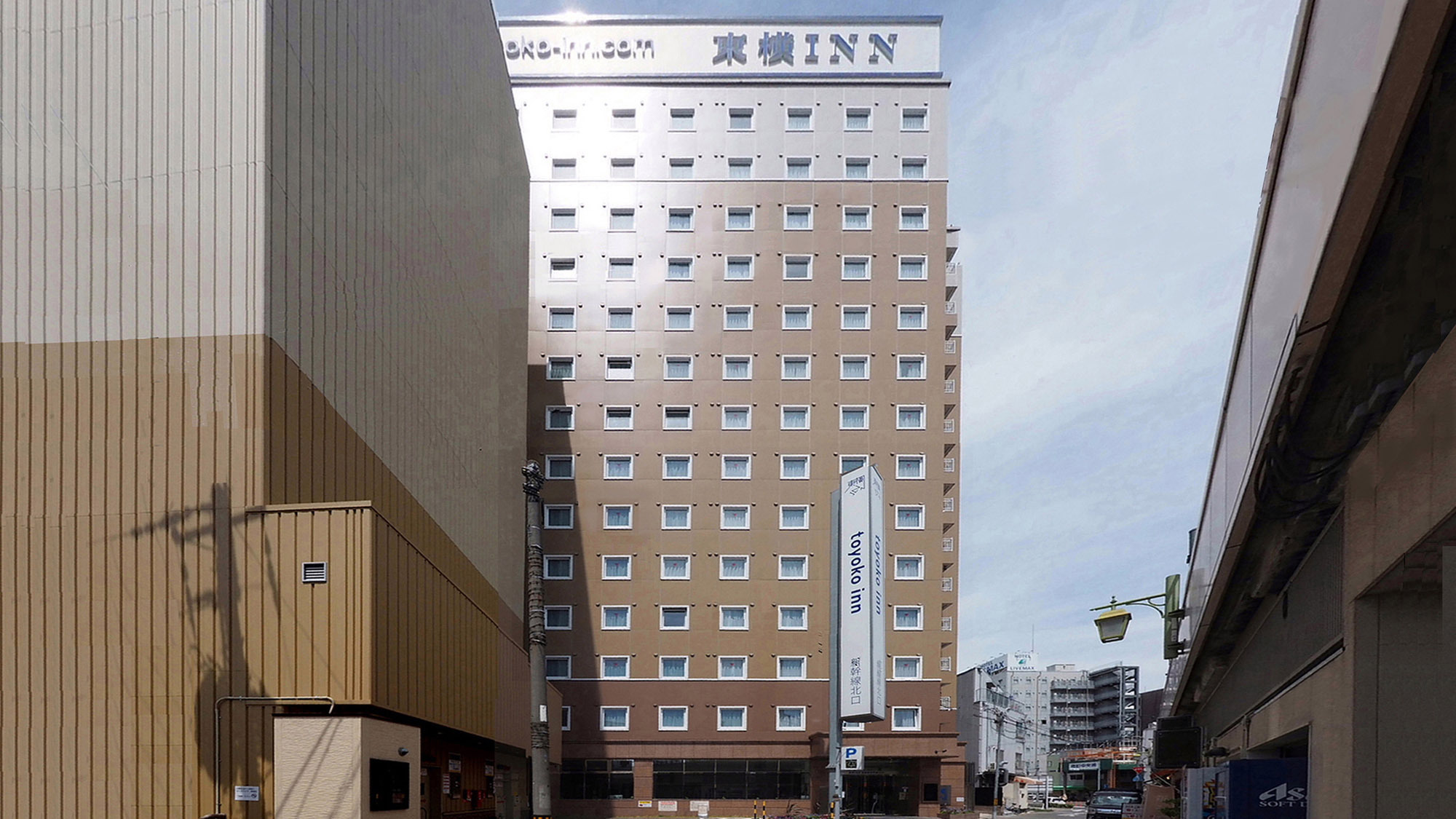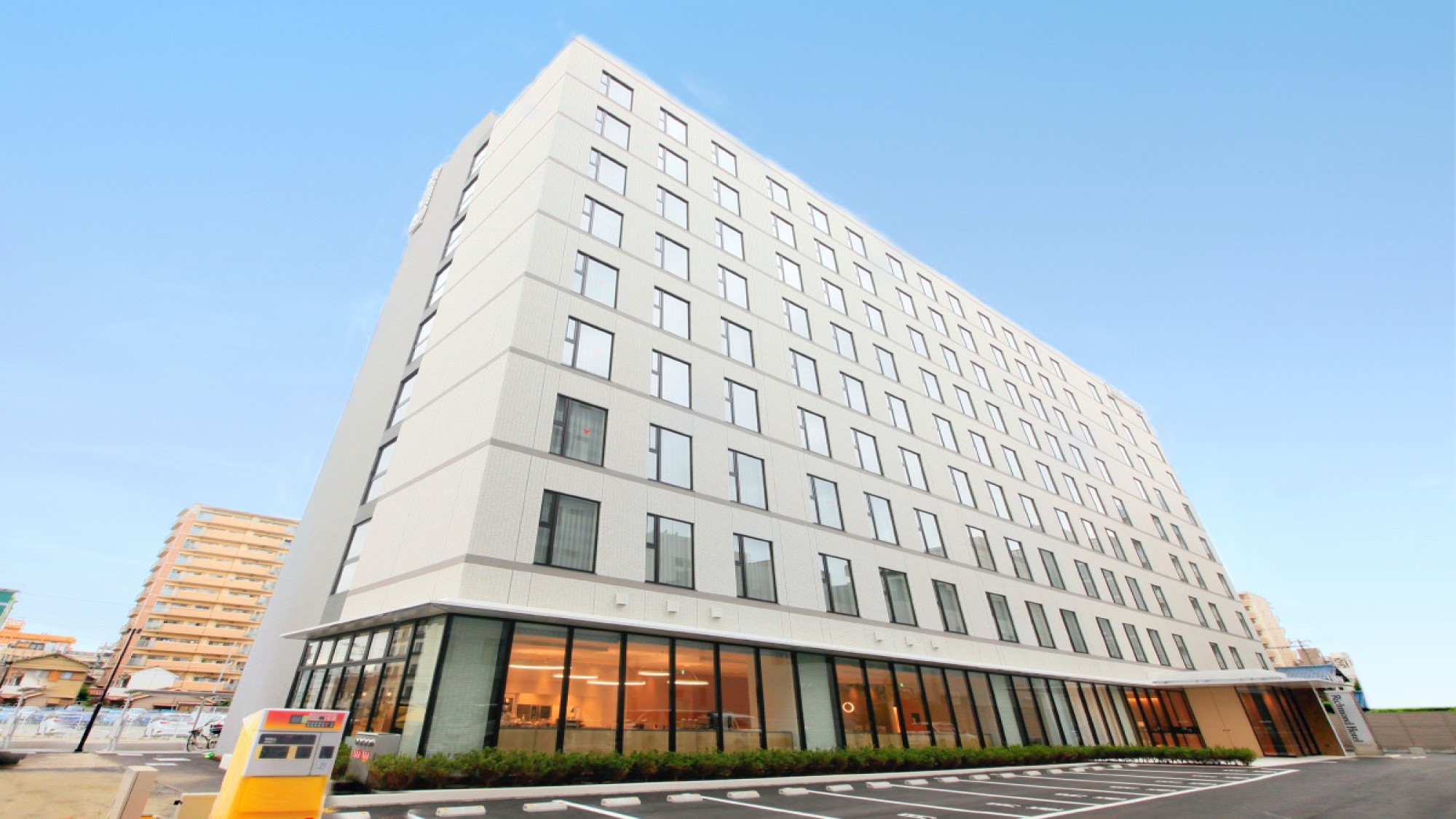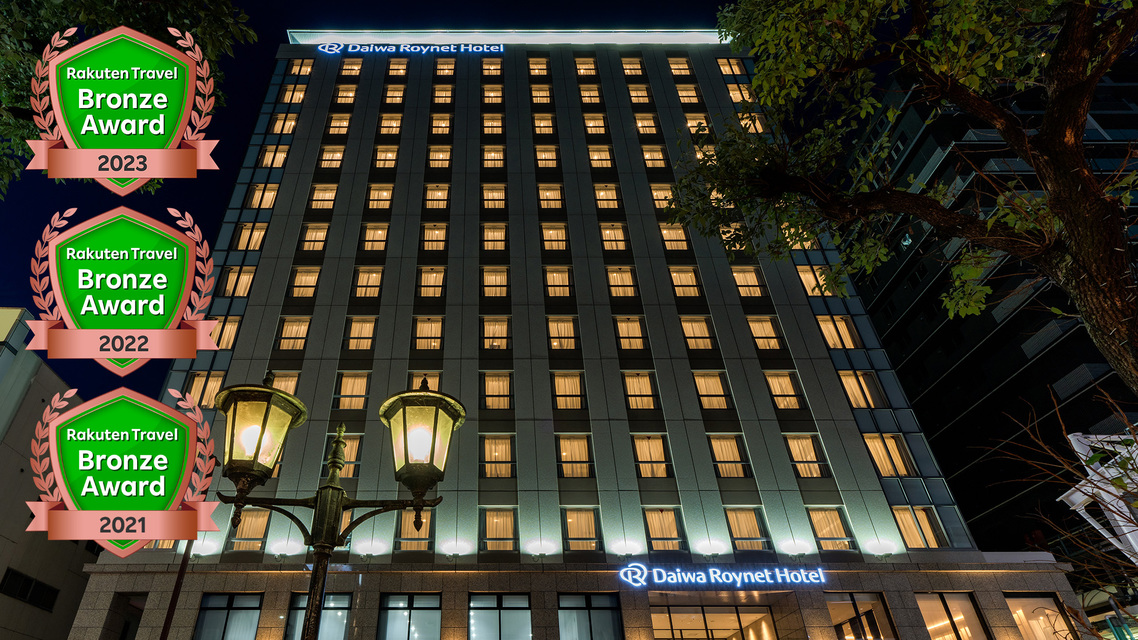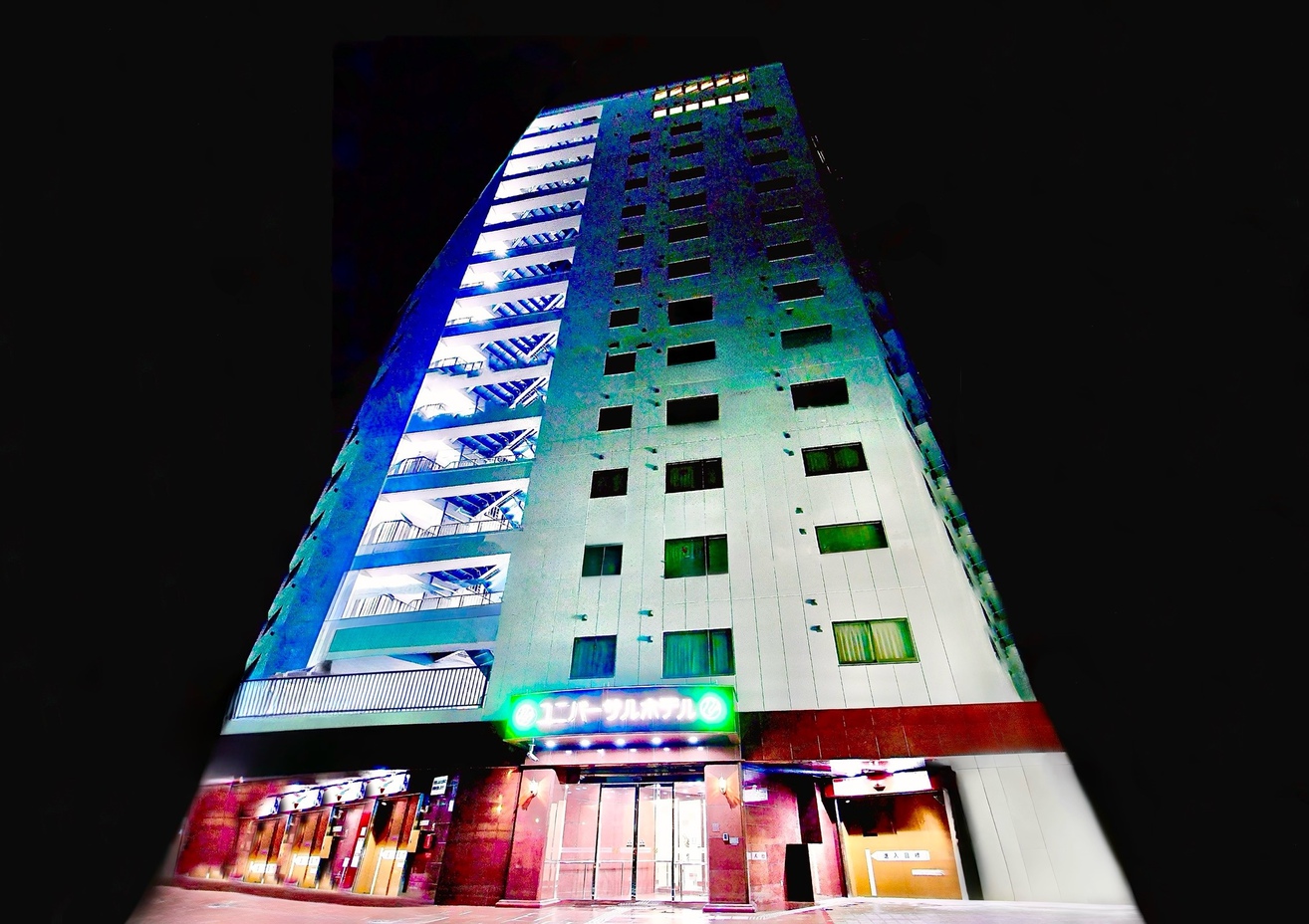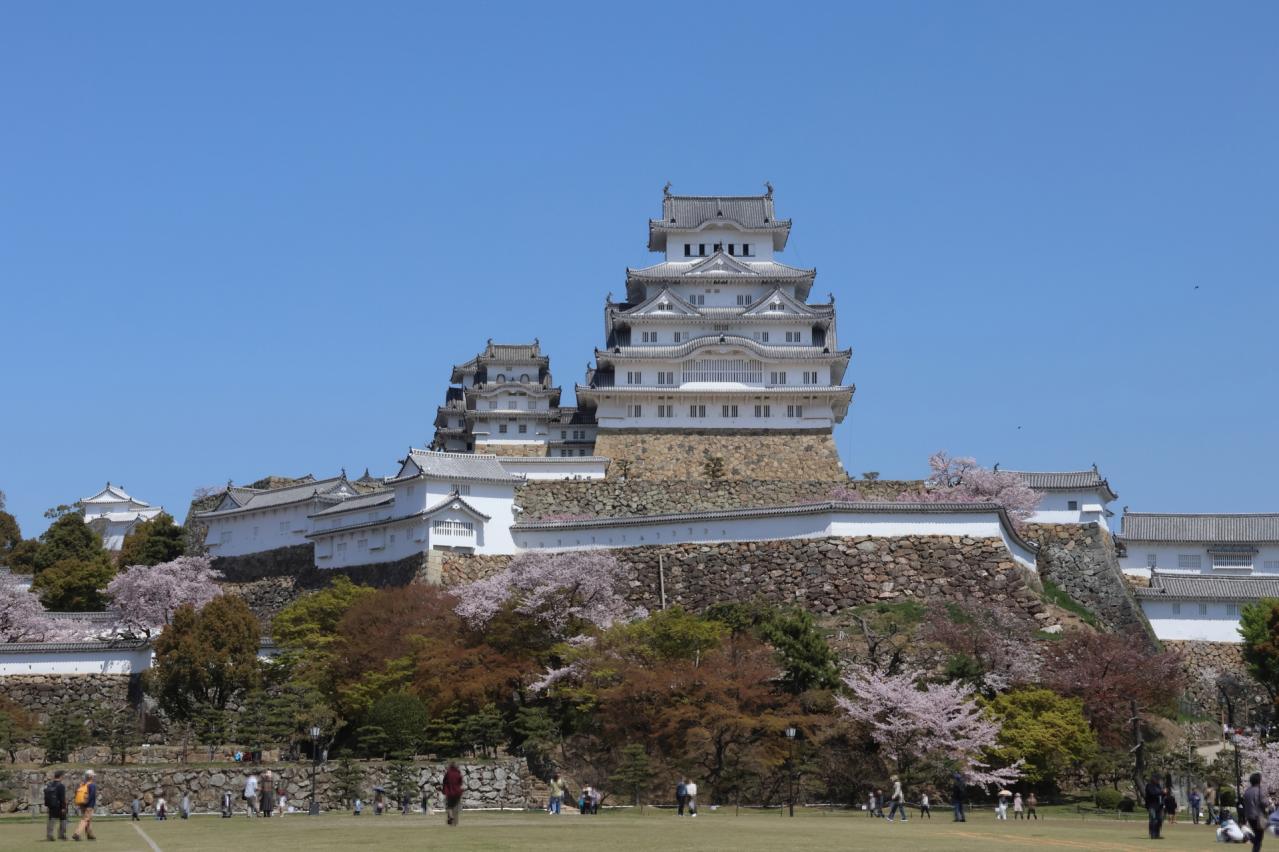
Himeji Castle
Constructed in the early Edo period, Himeji Castle boasts a history of over 400 years. The distinctive exterior of the castle features walls covered in white plaster, complemented by the prominent five-story, six-story tenshu (main tower). Notably, the main tower stands approximately 31.5 meters tall, making it one of the tallest surviving tenshu in Japan.
This castle is known for its "linked castle towers," forming a rectangular shape with the main tower and three smaller towers. The main tower comprises one basement level and six above-ground levels, housing a relic of the Buddha and adorned with exquisite gold leaf decorations.
As a representative castle of Japan, Himeji Castle attracts a large number of tourists from both domestic and international locations. Its beauty and historical significance have earned it recognition as a World Heritage site, regarded with pride by Japan. The castle houses numerous national treasures and important cultural properties, all in excellent condition.
Basic Information
- Spot Name
- Himeji Castle
- Location
- 〒670-0012 68 Honmachi, Himeji City, Hyogo Prefecture, Japan
- Access
- About a 20-minute walk from JR "Himeji Station"
About a 20-minute walk from Sanyo Electric Railway "Himeji Station"
Approximately 15 minutes from "Himeji East IC" on the Sanyo Expressway → Bantan Renraku Toll Road "Hanada IC"
About 30 minutes from "Himeji West IC"
About 20 minutes from "Nakaji Ramp" on the Himeji Bypass - Parking
- There are paid parking lots available nearby.
- Business Hours
- Regular season (except summer): 9 AM - 4 PM, last entry at 5 PM; Summer season (April 27 - August 31): 9 AM - 5 PM, last entry at 6 PM.
- Regular Holiday
- December 29th to December 30th
- Fees
- [Entrance Fee]
Adults: 1,000 yen
Elementary to high school students: 300 yen
(Group discount: 20% off for groups of 30 or more) - Contact Information
- Phone Number:079-285-1146
- Official Website
Map
Detailed Information
▶ Origin of the Name "Himeji"
The name "Himeji" is derived from "Hime no Michioka," which appears in the Harima no Kuni Fudoki (a historical record). In ancient times, the deity Ōnanjin abandoned his unruly son, Homonjin, on an island to rid himself of him while he set sail. However, Homonjin noticed the ship leaving and became furious, creating storms that caused the ship to capsize. At that time, 14 hills, including "Funakake," "Inukai," "Hakogake," and "Kongake," were named after where the ship and cargo washed ashore; one of them, where the silkworms landed, is referred to as "Hime no Michioka," which is believed to be the current site of Himeji Castle, "Himeyama." The term "Himeji" as a place name first appeared in early Edo period documents when Terumasa Ikeda built Himeji Castle and developed the castle town.
▶ Sakakibara Incident
The lord of Himeji Castle, Sakakibara Masamine, was known for his strong faith and for starting the Yukata Festival. However, dissatisfied that his request for a pilgrimage to Nikko was not granted by the shogunate, he fell into alcohol and began visiting Yoshiwara. He took the famous courtesan Takao, known for her beauty, back to Himeji and housed her in the western residence of the castle. These actions came to the shogunate's attention, which was promoting frugality at the time, leading to Masamine's reprimand. Eventually, he was ordered to retire in his twenties, and the Sakakibara family was transferred to Takada in Echigo, with Takao following Masamine to Takada.
▶ Death of the Master Carpenter Sakurai Genbee
During the construction of Himeji Castle by Terumasa Ikeda, it is said that a man threw himself from the completed main keep, committing suicide. The man's name was Sakurai Genbee, the chief carpenter in charge of building the castle. Under Terumasa's orders, he devoted nine years, working tirelessly on the castle. However, he felt that the completed main keep was slightly tilted toward the southeast. Accompanied by his wife, he ascended the keep and was told, "The castle is magnificent, but unfortunately, it seems to be a little tilted." Realizing that if a woman could see it, then his measurements must have been incorrect, a stunned Genbee reportedly jumped to his death soon after. It was confirmed during dismantling and repairs that the castle had indeed tilted to the southeast due to settling of the stone walls in the east and southeast corners.
▶ Okiku's Well
The well called "Okiku's Well," located in a plaza known as Kamiyamazarimaru within the castle, is said to be the same well featured in the famous "Banshu Sarayashiki" (The Dish Mansion in Banshu). In the Eisho era, Lord Kodera Narinari’s retainer Aoyama Tetsuzan planned to seize the castle. The loyal retainer Kinugasamoto Nobu, realizing this, sent his beloved Okiku as a maid to the Aoyama household to uncover the plot. However, despite their efforts, the Aoyama family's coup succeeded. Nonetheless, Okiku remained with the Aoyama family and sent information to Nobu, who had escaped to Tatsuno, but was eventually noticed by town samurai Danzaburo, who used his knowledge to force Okiku into marriage. Refusing to comply, Okiku was murdered by Danzaburo, who hid one of the ten family heirloom plates and accused her of misconduct, throwing her into the well. From then on, her mournful voice counting the plates could be heard each night, saying, "One plate, two plates..." Afterward, Nobu and his loyal allies destroyed Tetsuzan's faction, and Okiku was enshrined at Okiku Shrine within the Juuni Shrine as "Okiku Daimyojin."
▶ Old Woman’s Stone
When Toyotomi Hideyoshi was constructing a three-tiered main keep on Himeyama, there were difficulties in gathering stones for the castle's stone walls. A poor old woman selling grilled rice cakes in the castle town heard of this and offered an old stone mill, saying, "At least let this be of help." Upon learning of this, Hideyoshi was delighted and used the stone mill in the stone walls on the north side of the current Kitanokotenjo. This story quickly spread, prompting people to compete in donating stones, which led to the smooth progress of construction.
▶ Miyamoto Musashi's Monster Extermination
During the period when Kinoshita Kiyomasa was the lord of the castle, the famous swordsman Miyamoto Musashi worked as a foot soldier under an alias during a stop in Himeji. Rumors began to circulate that a monster was haunting the castle, but Musashi continued to calmly perform his night watch duties. Eventually, the word reached the chief retainer, who learned of Musashi's identity as a renowned warrior. Musashi was summoned as a guest of the Kinoshita family and was tasked with exterminating the monster. One night, while holding a single lantern and ascending the main keep, a tremendous blaze descended, producing sounds and tremors that resembled an earthquake. When Musashi reached for his sword, the area returned to silence. The same event occurred on the fourth floor, but he ignored it and continued to guard until dawn, at which point a beautiful princess appeared and said, "I am the guardian deity of this castle, Myōjin Gyōbu. Because you have come tonight, the monster has been frightened away. Therefore, I present to you this treasure sword." She then vanished, leaving behind the famous sword of Gō Yoshiaki in a white box.
▶ Onatsu and Seijūrō
Seijūrō was a handsome young man, raised without want as the son of a sake brewer in Muratsu. For various reasons, at the age of 19, he went to work at a rice wholesaler, Tajimaya, in Himeji, where he fell in love with the beautiful daughter, Onatsu. However, their love was forbidden, and in desperation, they eloped, but they were caught. Seijūrō was executed at the young age of 25 on false charges of theft. Overcome with grief, Onatsu went mad and wandered the town, searching for Seijūrō. This story became widely known through novels and plays by authors such as Ihara Saikaku and Chikamatsu Monzaemon. A grave called "Hiyokuzuka," meant to comfort the spirits of the tragic couple, can be found at Keiunji Temple in Nozato.
Himeji Castle Movies
Hyogo Tourist Attractions
View ListAkashi Kaikyō Bridge
The Akashi Kaikyō Bridge, connecting Honshu and Awaji Island, spans a total length of 3,911 meters, making it the world's longest suspension bridge, affectionately k...
Nankinmachi
Nankinmachi, located in Motomachi, Kobe, is one of Japan's three major Chinatowns, alongside Yokohama and Nagasaki. This historic area has been thriving since the op...
Kobe Harborland
Kobe Harborland is located just a short distance from Kobe Station and was developed on the site of a former national railway freight station, creating a vibrant com...
Meriken Park
Kobe's iconic tourist spot, Meriken Park, is a beautiful park that stretches along the coastline and offers a variety of activities and attractive landmarks for visi...
Arima Onsen
Arima Onsen is one of Japan's three ancient hot springs and three famous springs, located at the northern foot of Mount Rokko. Historically, it is known for being fa...
Takeda Castle
Takeda Castle Ruins, located at an elevation of 353.7 meters, is a mountain castle believed to have been built by the Tajima governor, Sōzen Yamana, during the Kakyō...
Ikuta Shrine
Ikuta Shrine is an ancient shrine with a history of over 1800 years, and it is also the origin of the name "Kobe." It is widely popular as a shrine for matchmaking a...
Kobe Nunobiki Herb Garden Ropeway
Kobe Nunobiki Herb Garden / Ropeway is a resort facility that offers a panoramic view of the city of Kobe. You can enjoy a 10-minute aerial stroll on the ropeway whi...








